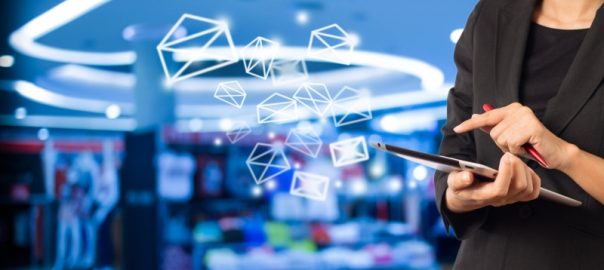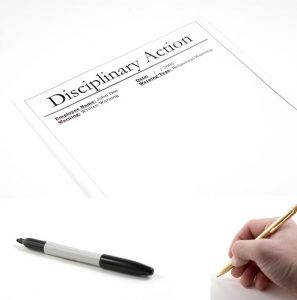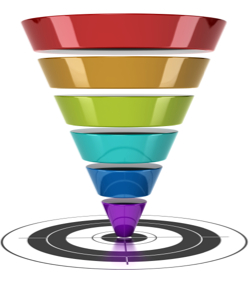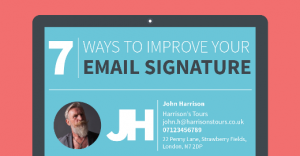While campaign numbers and email platforms are important, columnist Jose Cebrian believes marketers can’t afford to ignore the experience their subscribers are getting.
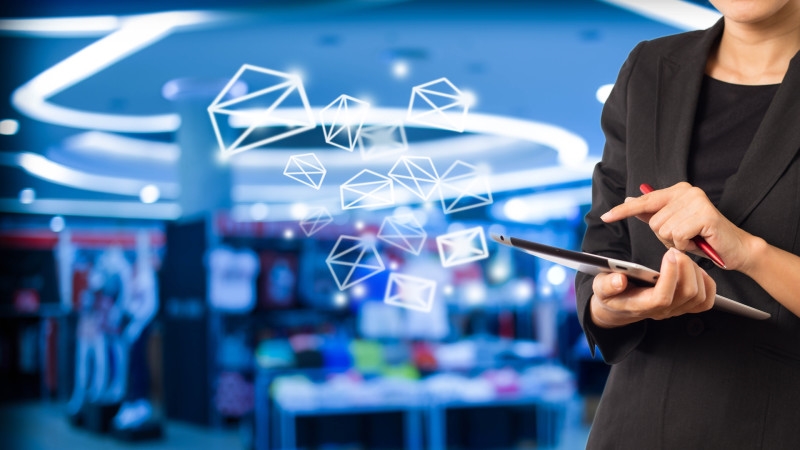
I attended an event for email marketers earlier this month, and it made me… think.
In the context of email, I am often focused on the core technology platforms, the emerging email innovation ecosystem and the raw campaign and program numbers. Because conferences often inspire me — and this one was no different in that respect — I started to think more about email as a channel. And what I came away with was the idea that the experience of email really could and should be better.
Email is an addressable medium
While it’s obvious when you dive deeper, sometimes it may not sink in that email is sent to actual people when we talk in terms of “counts” and segment sizes. Through email, you individually address people who have different wants, needs, habits and relationships with your company.
When you put it in this context, as opposed to thinking of email as a lever to drive more money from a homogeneous existing customer base, it becomes more of a human medium. This is not to say that you shouldn’t focus on driving the money, but how you execute it could be improved.
Start with the brand promise
Presumably, people signed up for your email program for a reason. Do you know what that reason is? Is there one reason or are there multiple ones?
After they’ve signed up, is your email program a nuisance to your customers? Do you send promotional emails multiple times per day? If so, you should have a good reason for it other than needing to push for additional revenue.
While sending lots of promotional emails is a valid short-term tactic, it’s not a solid long-term solution, as you will cap out on response. You’ll then be unable to use this channel to drive response in a pinch.
Those who do want to receive and respond to additional emails should be identified through predictive modeling and served special content, as opposed to hitting everybody’s inbox equally.
Content and context first
Are you delivering valuable content in the context of the email medium? This question has two dimensions: 1) the purpose of the email; and 2) the content within the email.
I’m not a strong advocate that your email should always be part of a “conversation” with your customers or that you should consider the best information you have about them to respond with the most appropriate message. I believe this is a stage that some companies can and will eventually get to.
I’m being realistic. There will still be planned promotional campaigns to support specific marketing initiatives — product launches, sales dips, excess inventory, specific event pushes and so on. While promotional messages can be interwoven into the “email as a conversation” goal, the realities of corporate goals and processes make it highly unlikely that you will never have planned promotions that are time-boxed.
Regardless of whether the promotion was planned or whether it’s in reaction to a customer action or inaction, there is the very real matter of content. Do your customers know what to do when they receive the email? Starting with the subject line, is the message clear?
Worry less about subject line length, and whether to use emojis, and more about the clarity of the message. Be direct and tell them the value of the message. Testing helps for sure, but only if you are comparing quality subject lines.
An email is only viewed for a few seconds. Once a person opens an email, is the message design clear about what you want them to do with it? Can they scan and determine the value, or are you requiring a significant cognitive commitment to find information and read?
All too often, I see email designs produced by designers who don’t really understand the medium — the fact that a mobile device is the primary viewing size, the variety of rendering that creates (not everybody has an iPhone), and the speed with which people view these messages.
Many companies tend to fill the header of an email with unnecessary components like a large logo or “can’t read this message?” Some will create an image-based email with lots of layers and hard-to-read text in it. I understand why they do it from both a brand and production standpoint, but you’ll get a better response if your content is clear and to the point.
Add in creative elements that help individuals feel the message is personally crafted for them. Simple examples include real-time loyalty balances, a specialized offer or something unique to their location.
Feeling in addition to function
Finally, tone matters a lot. Ensure that your email program has a good bedside manner. Of course, your program should be in line with your corporate branding from a look-and-feel perspective. But by tone, I mean the program should strive to reinforce how you want customers to feel about your company.
Some of that is a function of copy and imagery, but even more than that, it’s helping answer the question: How does email help us do more than just sell something, drive downloads or get people to register for events?
For example, if part your branding is service orientation, ensure that transactional messages are treated like promotional messages from a branding perspective, and give people clear access to help online and via phone, as well as possibly physical location help.
Email is the people-based marketer’s workhorse. It is fast, addressable and provides a high ROI. Marketing leaders and email marketers alike must make time to look at the experience your email list members get and strive to improve it.
Start with the opt-in to understand the brand promise, and make each communication purposeful, with the end user in mind. If you think about all the other marketers trying to get that person’s attention, you need to have an experience strategy to stand out.
Some opinions expressed in this article may be those of a guest author and not necessarily Marketing Land. Staff authors are listed here.
Marketing Land – Internet Marketing News, Strategies & Tips
(45)
Report Post